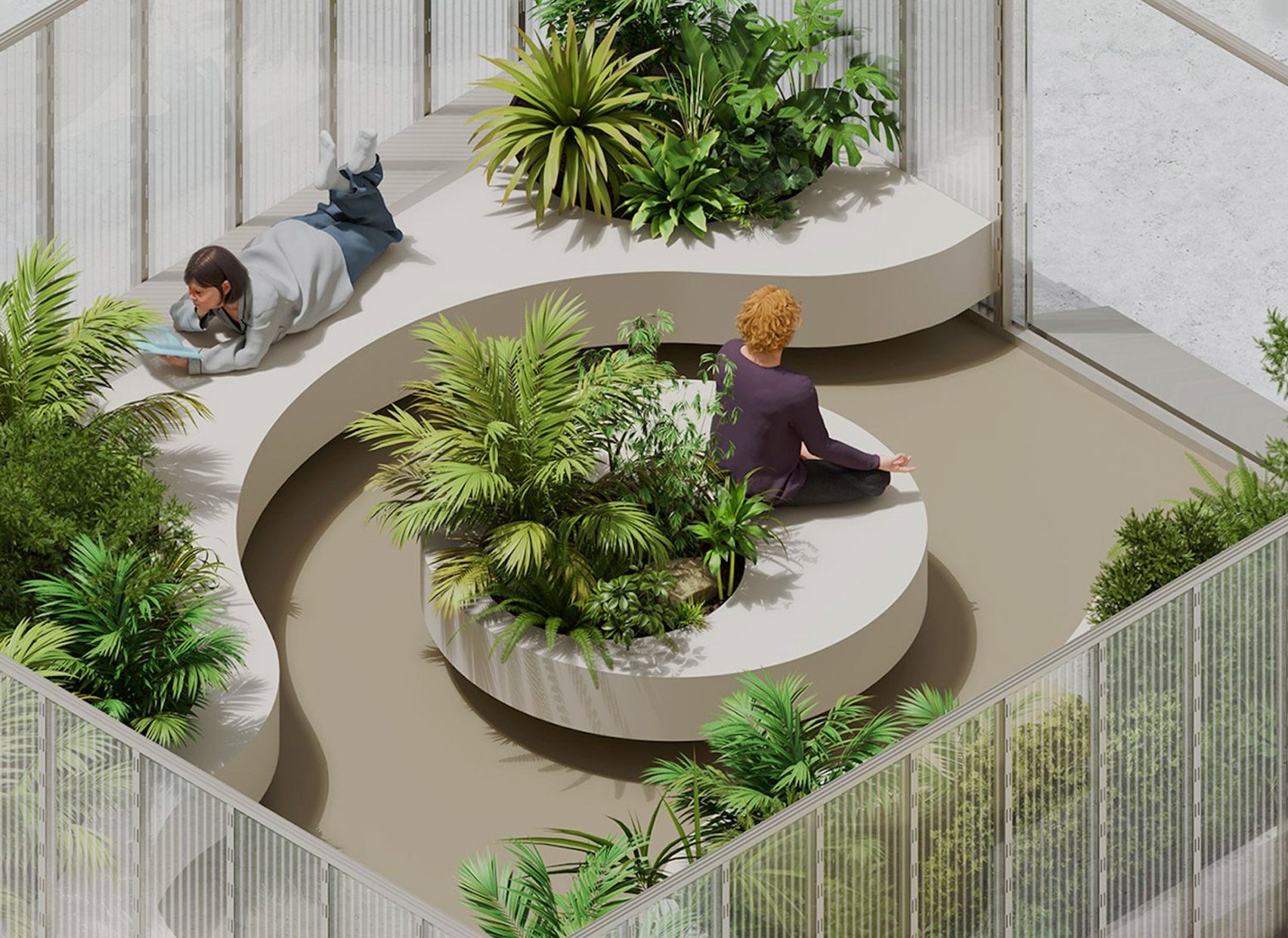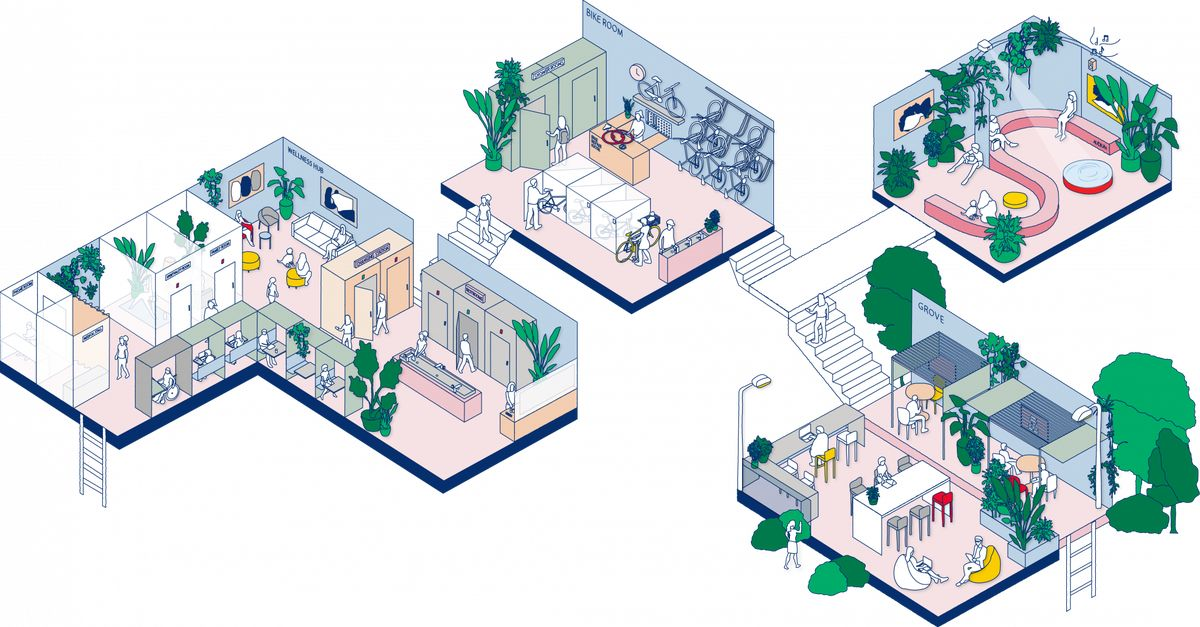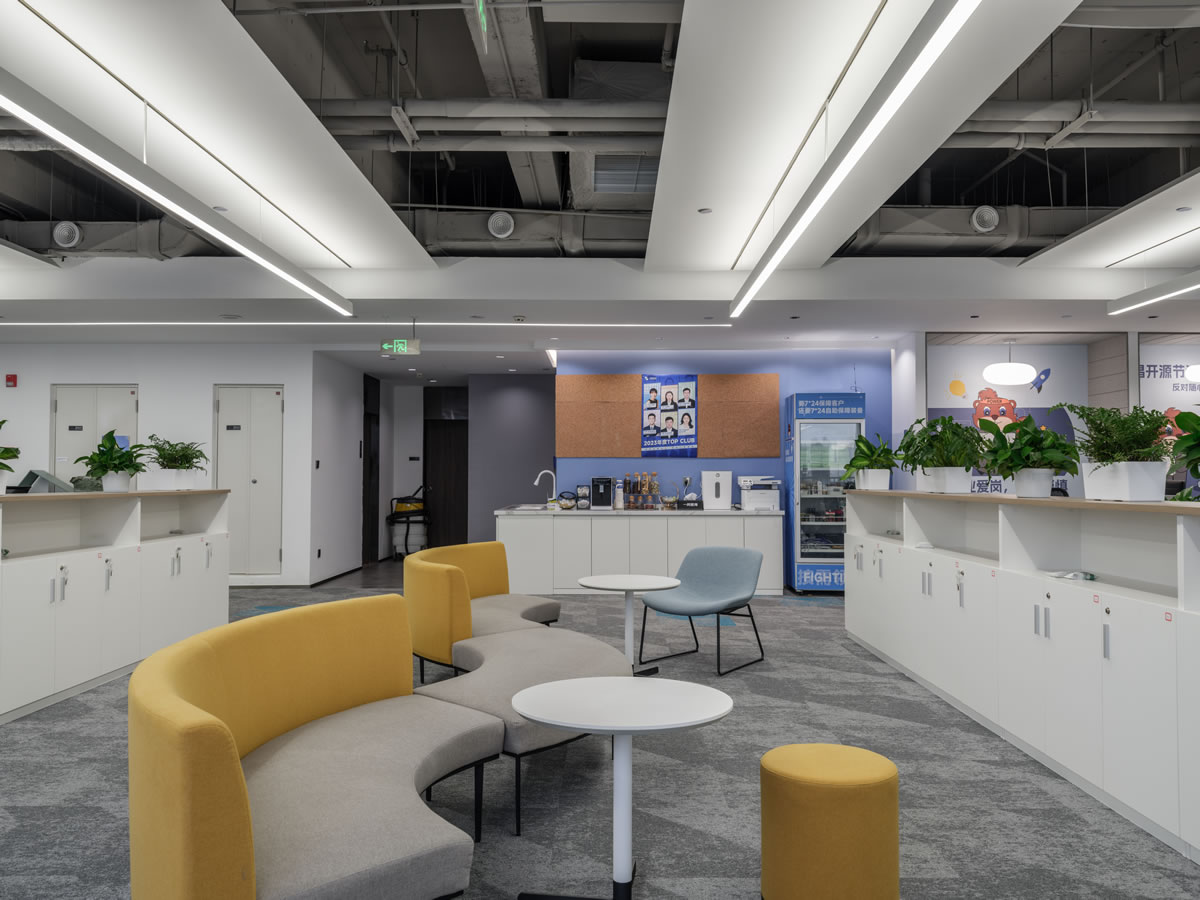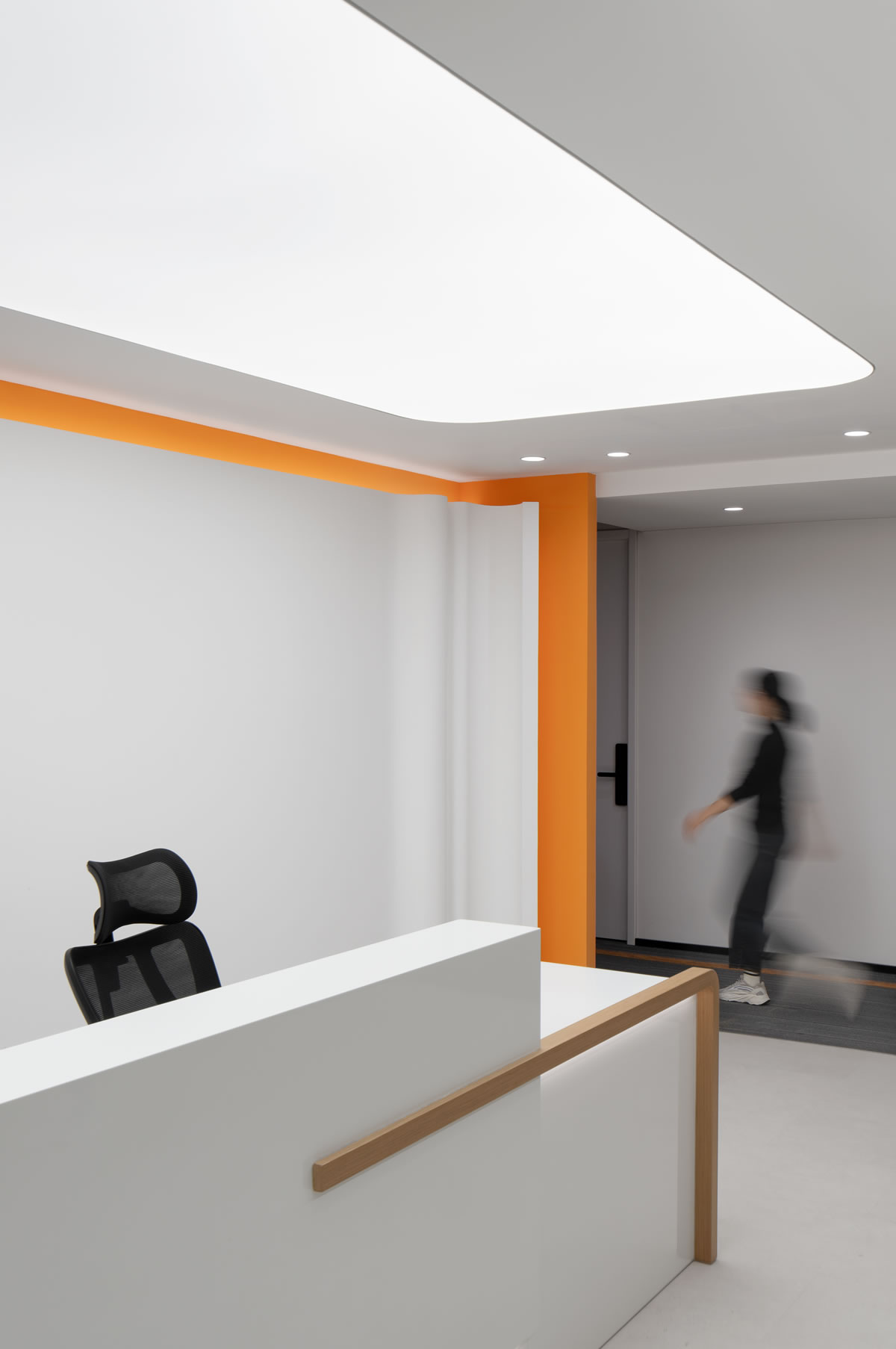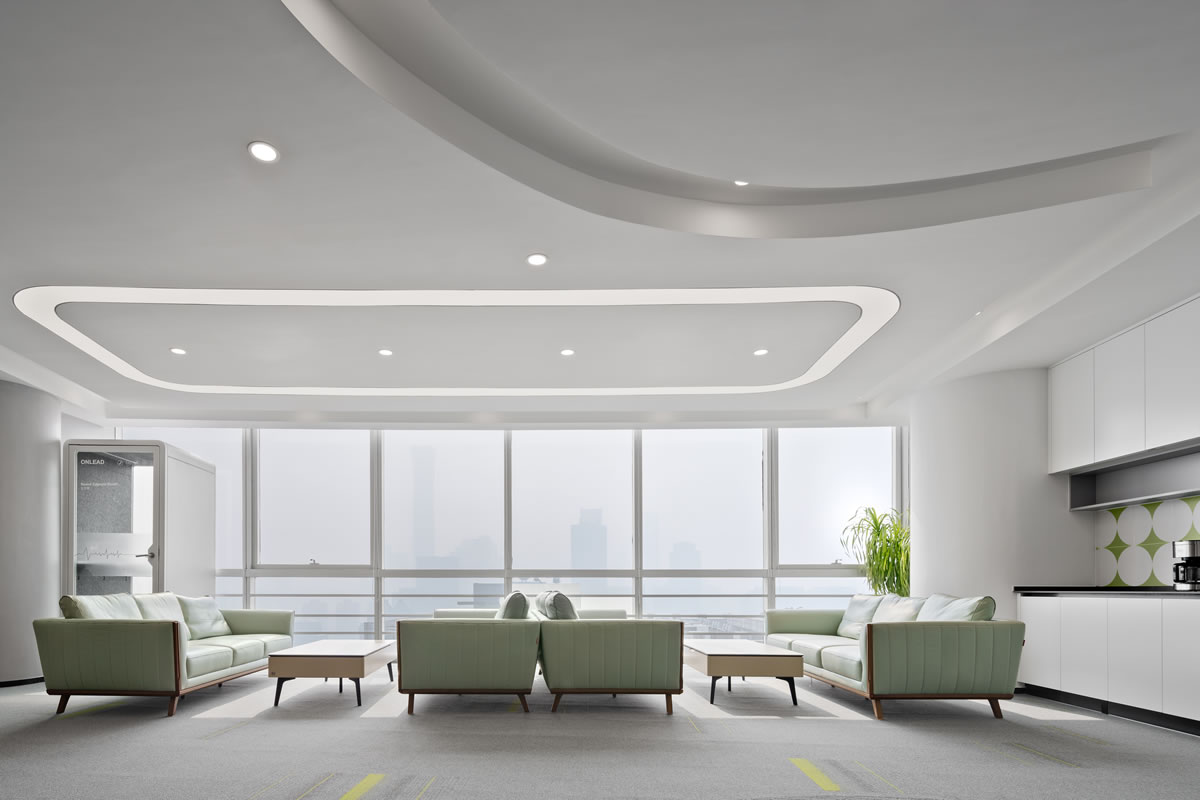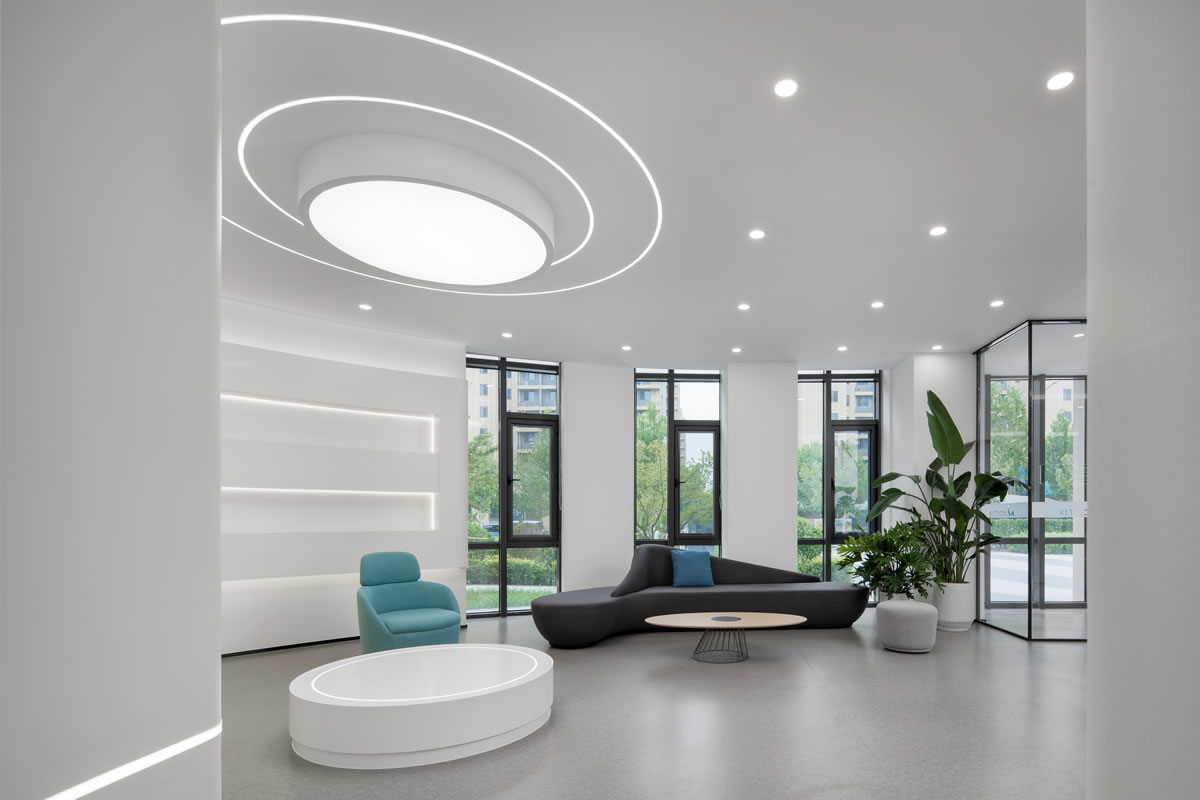
COPYRIGHT © GLEAM SPACES
POWER BY:MINGTU
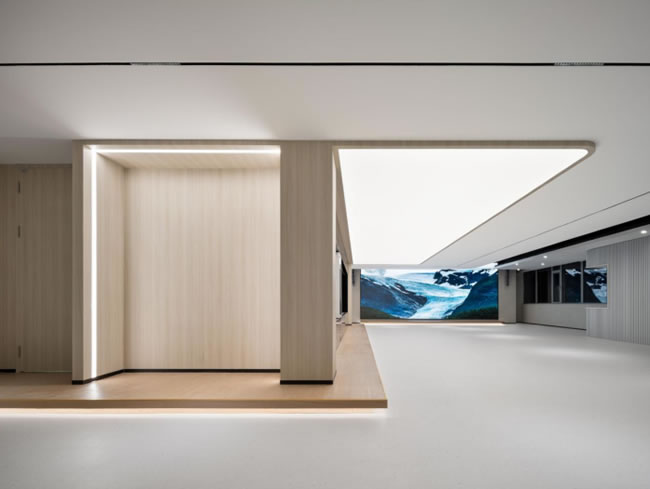
Nowadays, workplace design is no longer about creating functional spaces that support daily work, but about designing environments that promote intentional change, inspire sustained growth and development. High performing companies are embracing this transformation and creating spaces beyond traditional office settings. The future workspace will establish deep personal connections with individuals, helping them to unleash their maximum potential in both personal and professional aspects.
At the same time, companies are increasingly valuing the Earth's environment, aiming to create a future oriented workplace that is not only talent centric, but also sustainable and technology focused. This approach enables businesses to maintain agility, efficiency, and competitiveness in a rapidly developing world. Below, we will explore key office design trends for 2025, including real-world cases and actionable insights to help you stay ahead.
1. Inclusive experiences designed in collaboration with the community
By 2025, workplace design will no longer solely reflect the company's brand, but rather create inclusive and collaborative spaces to meet the needs and desires of employees. This is about designing a workspace that reflects the company's identity while actively engaging the community, making them feel valued and valued. Whether it's an IT startup, healthcare company, or law firm, inclusive and immersive design ensures that every corner of the office contributes to providing a healthy, vibrant, and attractive work experience for everyone.
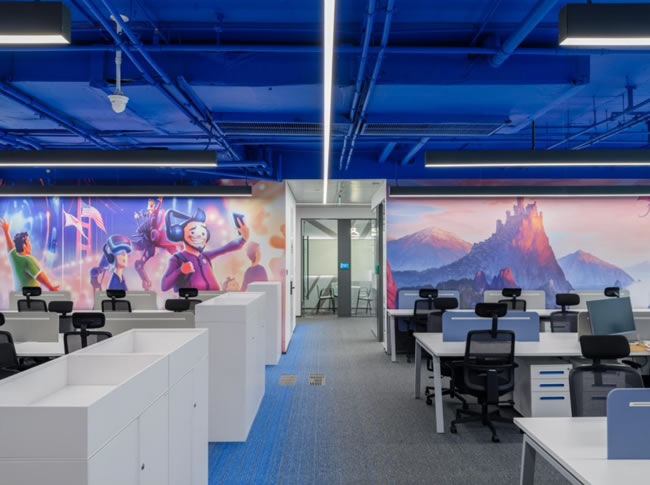
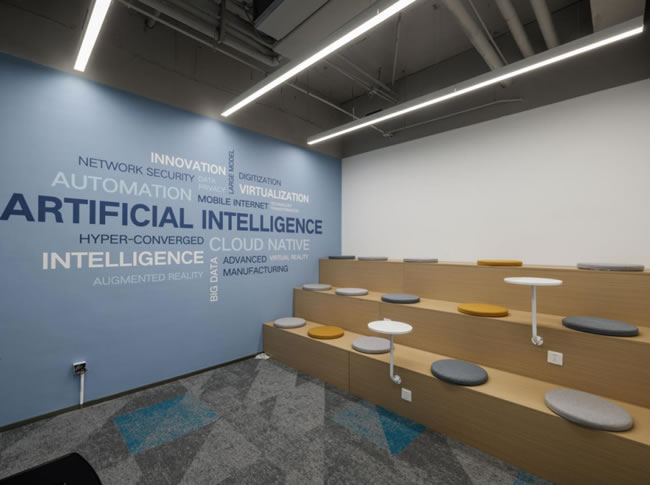
Experiential office aesthetics
To enhance this inclusive brand experience, companies are incorporating unique design elements that reflect their mission and values. From brand colors and images to functional features such as visually impactful lighting and motivational slogans. These elements create a cohesive atmosphere while reinforcing the company's spirit in a direct and authentic way.
Interactive brand experience
The company is creating a unique space for employees to understand the company's history, values, and mission. With the help of multimedia displays and interactive devices, these areas enhance the brand image while allowing employees to participate in the company's development process.
The dynamic workplace seating arrangement is shifting from a rigid hierarchical system to a more inclusive team centered layout. According to Gensler's
According to the 2024 Global Workplace Survey, employees sitting near team members are more likely to share ideas and collaborate, promoting stronger relationships and a more dynamic work environment
2. Human centered health, created for the senses
As with enhancing the modern workplace experience, the demand for human centered office design continues to grow, with a focus on user comfort. As young professionals become accustomed to the flexibility of home offices and remote work, businesses are redefining their spaces to meet overall well-being.
These designs go beyond functional workstations, including leisure, entertainment, and social areas, creating an environment where employees feel valued and supported. Eugene Chang, CEO and transition strategist of Leadership Choices, revealed that the next generation of employees values autonomy and flexibility in the work environment. By adopting these principles, businesses can unleash new opportunities to attract a wider range of talent, including non-traditional talent, remote workers, and gig economy workers.
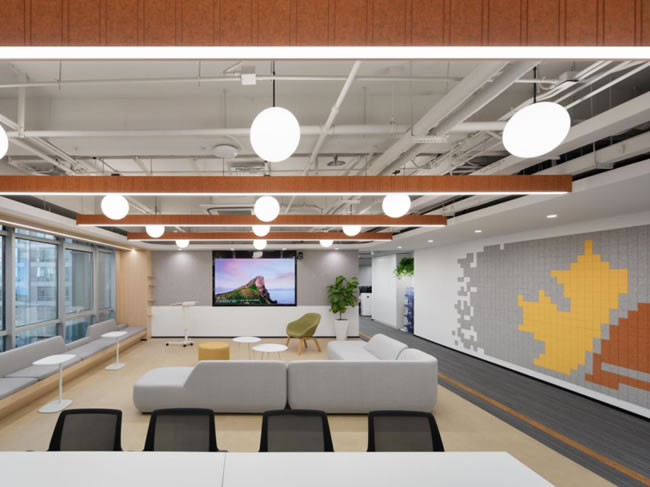
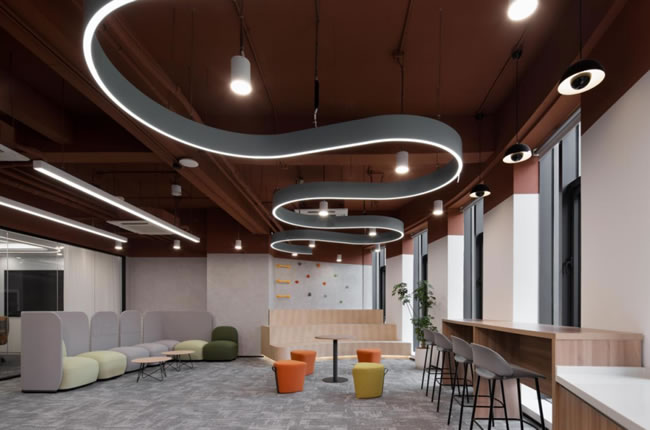
Integration of leisure and work
The commercial style, coffee shop core, and hotel aesthetics continue to influence office design, creating spaces that integrate work and leisure, improving the comfort and work efficiency of all employees.
Voice privacy and spatial segmentation
With the increasing noise interference in open office layouts, more comprehensive solutions such as soundproof private spaces, movable walls, and soundproof panels will be more widely integrated to enable employees to concentrate and collaborate effectively when needed.
Overall flexible workspace
Modern design combines ergonomic furniture with adaptable spaces to support employee health and work efficiency. The height adjustable office desk, supportive seats, and carefully designed team building or social activity areas complement the customizable workstations, lounge seating, and quiet areas. This cohesive approach enables employees to personalize their environment, cultivate comfort, autonomy, and balance.
3. Seamless technology for the future workplace
With the advancement of artificial intelligence (AI) technology and the mainstream integration of the Internet of Things (IoT) in daily life, future offices will continue to develop towards digital priority functionality in 2025.
According to McKinsey, 58% of companies saw a revenue increase of at least 5% after creating an IoT workplace, while 46% of companies saw a 5% decrease in excess operating costs. This highlights the inevitable reality that technology is the future of work. By integrating cutting-edge design technologies, companies can prepare their offices for the future and cultivate innovative communities.
It is worth noting that significant changes in the international market also support this trend. According to Fortune Business Insights, the global video conferencing market is expected to grow from $33.04 billion in 2024 to $60.17 billion in 2032. This growth is consistent with the development of the global smart office market, and Data Bridge Market Research predicts that the value of this market will significantly increase to $90.41 billion by 2030. These data highlight the increasing importance of integrating technology into office interior design for businesses by 2025, in order to thrive in an era where technological strength determines success.
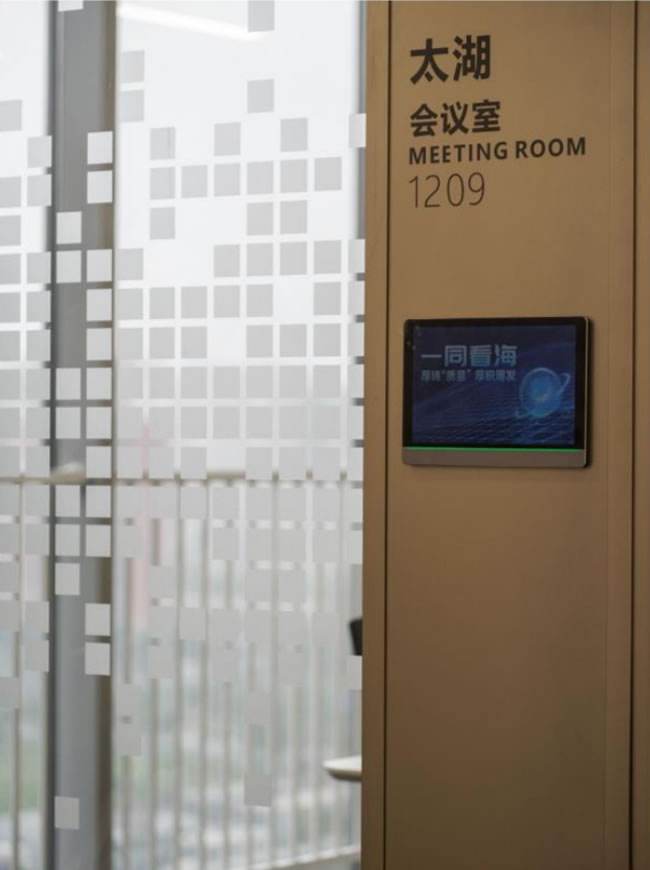
Integrated artificial intelligence functions
Artificial intelligence driven room reservation systems, occupancy sensors, automated workspace customization, and other intelligent technologies can ensure a seamless transition between remote work and office work, thereby adapting to the personalized needs of employees.
Energy saving technology, advanced safety system
As data privacy and network security become the top priorities for businesses, office design must integrate high-tech security measures to protect physical and digital assets. Modern office spaces also adopt biometric access control, facial recognition for seamless entry, and AI driven monitoring systems to monitor and protect sensitive areas without the need for additional personnel.
4. Bio friendly design celebrates sustainability and collaboration
Biomimetic design originated in the 1970s, but as the main trend in office design by 2025, it remains the mainstream of corporate space. The term "biophilic" was first proposed by psychologist Erich Fromm, originating from the Greek words for "life" ("bio") and "love" ("philia"), emphasizing the inherent desire of humans to connect with nature. It has been proven that this connection has profound psychological, physical, and social health benefits, making biophilic interior design a persistent preference for health conscious individuals.
However, it is expected that by 2050, nearly 80% of the global population will live in urban areas, and opportunities to interact with nature are decreasing. This has prompted office design studios to explore innovative methods of integrating biophilic and natural materials into the workplace. In addition to lush green plants and abundant natural light, the constantly evolving biophilic workplace design will bring an engaging work experience by 2025.
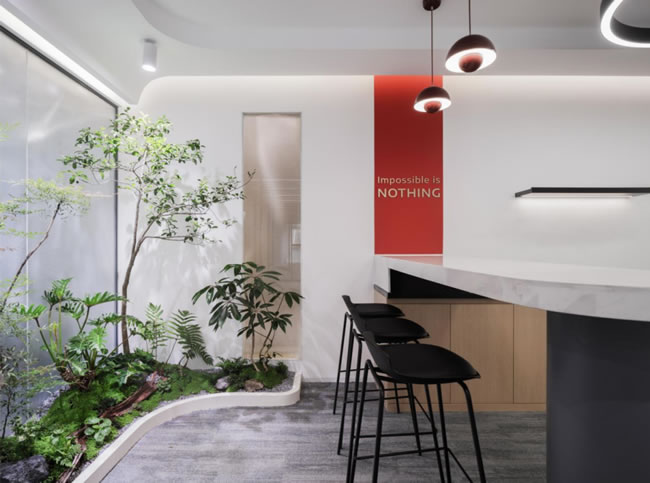
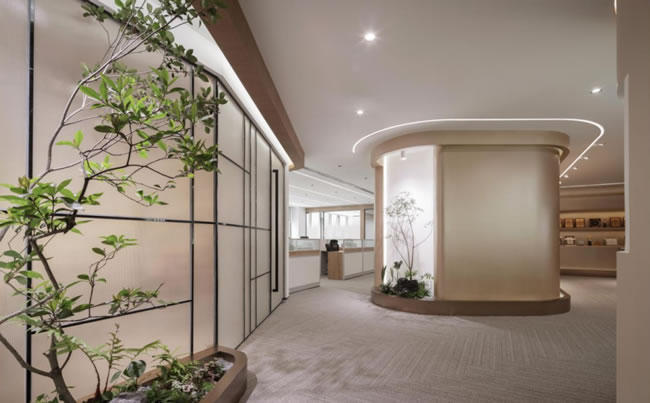
A future aligned with ESG
According to a survey by Knight Frank, 64% of business leaders emphasize that retaining and attracting top talent is their primary motivation for adopting ESG principles. By combining sustainability with bio friendly design, companies can create offices that are not only practical but also deeply resonate with employee values.
Sustainable Office
Sustainability is a key concern for businesses, with priority given to eco-friendly furniture, reducing carbon footprint, and improving energy efficiency. According to Singapore's 2030 Green Plan, the goal is to make 80% of buildings green by 2030, up from 49% in 2021. This measure highlights the increasing importance that enterprises attach to the sustainability of the built environment.
Shared multifunctional area
Office design is constantly evolving to accommodate shared spaces that embody the essence of life: not only to promote deeper connections with nature, but also to promote deeper connections between people. By dedicating office space to collaboration needs and various other activities, companies can create office environments that mimic natural ecosystems - diverse, interconnected, and mutually supportive.
5. Replace vivid minimalism with inspiring colors and textures
The modern office design of 2025 will break away from the minimalist style that once dominated corporate spaces and incorporate colors, layers, and authentic local customs. This intentional design approach not only stimulates creativity, but also cultivates a sense of belonging by incorporating elements that reflect the unique characteristics of the office's geographical location.
This change contrasts sharply with the characteristics of minimalism, which mainly relies on simple monochromatic color palettes and practical simple furniture. However, with the development of the workplace, prioritizing employee well-being, collaboration, and innovation, the pendulum is beginning to shift towards design concepts that embrace visual diversity.
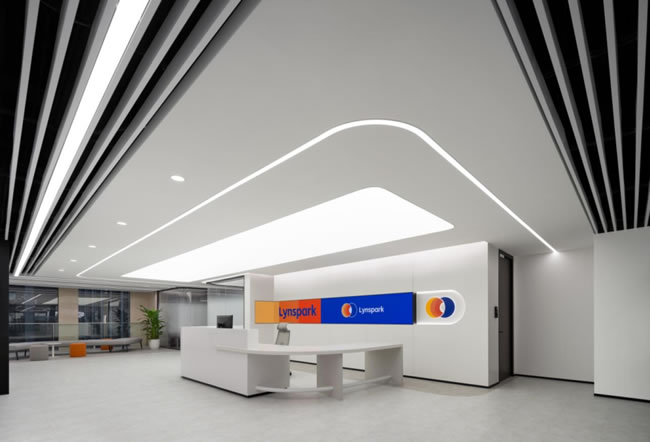
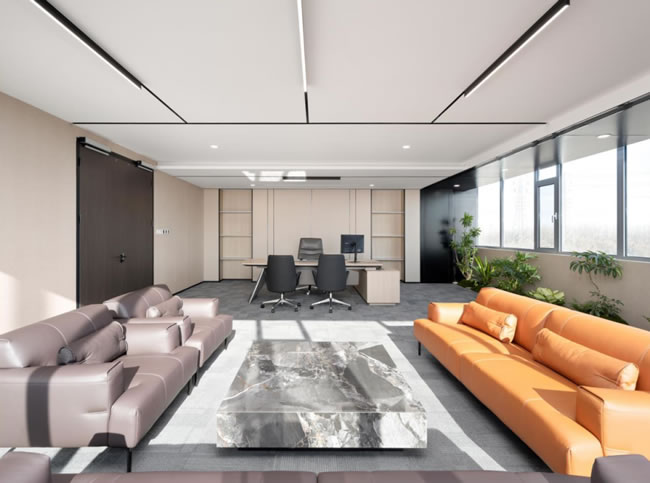
Retro color tones and color trends
A significant change in 2025 is the revival of retro colors. The design industry tends to favor rich, simple, and melancholic tones with a modern touch. Although brown remains the primary color, its interpretation has evolved to provide more subtle and complex variations. These understated tones seamlessly blend with contemporary office interior design, creating a nostalgic and elegant appearance.
Color can improve emotions
Using multiple color tones is not just for aesthetics. Color has a significant impact on perception, emotion, and creativity, making it an indispensable part of workplace design. This deliberate color selection reflects a commitment to improving mental health through design.
Authentic local design
The company is moving away from generic global standards and instead favoring offices that showcase local culture and characteristics. By incorporating local materials, artworks, and color schemes, the workspace feels like a true extension of their city, helping to boost employee morale and establish connections between the office and the local area.
The development of the latest office design trends in 2025 will integrate inclusive experience design, people-centered health, seamless technology integration, solution elements with a focus on sustainable development, and exquisite minimalism, providing direction for this year's development. Companies that follow these trends in office design will position themselves as designers transitioning towards a dynamic, innovative, and user centric modern work environment.
